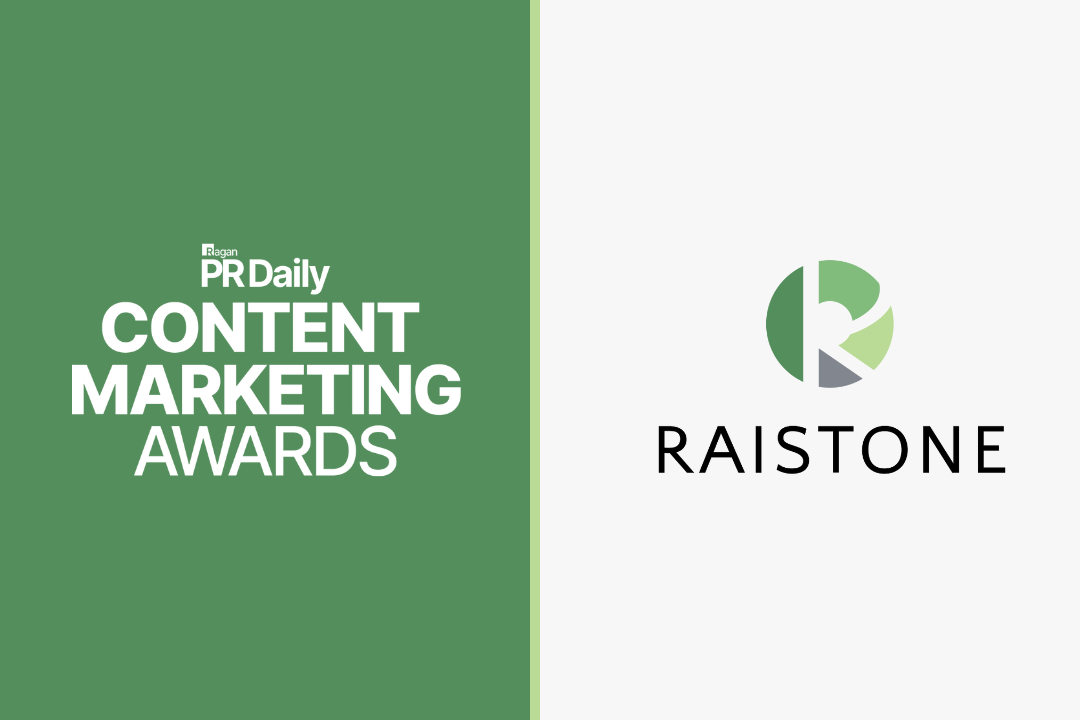The power to implement tariffs is a key tool in U.S. trade policy. Presidents, as we are seeing early on in Trump’s second term, can use various legislative acts to impose customs duties on countries that are deemed to restrict U.S. commerce — even the country’s three largest trade partners.
The ongoing commotion around tariffs both implied and enacted by President Trump has caused confusion in the global supply chain. Read on to learn how businesses that are importing from and exporting to China can navigate the recent 10% levy increase, pending retaliatory tariffs, and the potential 25% tariff on steel and aluminum.
Trump tariffs and trade partner tensions in the coming years
Since the 2024 election, Trump has continually expressed specific intent to implement tariffs on the three largest trading partners of the U.S. As mentioned in my initial review of the proposed tariffs, Trump’s plan included duties on all imports and specifically on goods from China, Mexico, and Canada, in addition to retaliatory levies.
While both Mexico and Canada were able to make last-minute deals delaying the tariffs proposed for their counties, a 10% tariff on many Chinese imports went into effect. The Chinese government has indicated a scheduled retaliatory levy, launching the start of a trade war that could be of significant financial concern to many businesses in the U.S.
During his first term, Trump used tariffs extensively in an attempt to assist domestic industries and advance the administration’s goals. However, in some cases, these measures led to higher prices, job losses, and slowed progress in certain industries, such as solar installation.
As we venture deeper into Trump’s second term, there is much to be determined, and the uncertainty businesses are left to navigate has already caused stress for many that I’ve connected with recently. The 10% duty, along with the scheduled retaliatory levies from China, poses a threat of substantial financial consequence; however, the specific parties who will bear the brunt of these costs remains indeterminate.
U.S.-based businesses will be impacted by tariffs and looming trade wars
U.S. sectors heavily reliant on Chinese imports are in danger of major interruptions due to tariffs. For example, the automotive industry, dependent on steel and aluminum, could face higher production expenses, with small- and medium-sized businesses (SMBs) particularly vulnerable.
Retailers could face price hikes on electronics, clothing, and toys, with demand for non-essential items weakening. Additionally, retaliatory tariffs from
China could harm U.S. agricultural exports, including soybeans, pork, and dairy products.
The technology and semiconductor industries are also affected, as tariffs on Chinese goods may raise expenditures for key components. Although some production has shifted from China to countries like Mexico, Chinese-made parts remain crucial to the tech supply chain.
Meanwhile, the tariff situation with Mexico and Canada remains unpredictable, with delays of only 30 days. The European Union is also preparing for potential negotiations and retaliatory actions, which it has indicated will be taken proportionally.
The risk of ongoing tariff disruptions
With tariff turmoil during Trump’s second term, U.S. businesses are taking steps to reduce financial risks. Some are stockpiling inventory to avoid price hikes, though this incurs storage and upfront capital outlays.
Others are diversifying suppliers and adjusting supply chains to reduce reliance on high-tariff countries, but switching suppliers may not result in more favorable payment terms in the long run. Shifting facilities to Mexico or Canada — once seen as a solution in the wake of COVID-19 — no longer guarantees protection. Given the current administration’s willingness to impose tariffs of up to 25% on even the U.S.’s largest trade partners to advance seemingly unrelated policy issues, this move could, in some cases, even lead to worse outcomes.
Potential strategies to absorb existing tariff increases
As businesses grapple with the impacts of new tariff increases for Chinese goods, U.S. importers are evaluating several strategies to manage increased costs. Based on my ongoing conversations with industry professionals there are three immediate paths that businesses are considering:
- Passing the cost to the consumer: This approach involves raising prices to offset the increased costs. While it may seem like an immediate solution, it can curb demand — particularly for non-essential goods — and slow down sales.
- Absorbing the cost internally: Some businesses may choose to absorb the tariffs themselves. However, this comes with considerable risks to profitability and is often not a sustainable long-term solution for many companies, especially in highly competitive industries.
- Passing the cost back to the suppliers: While a dynamic event like this opens the door for supplier negotiations, pushing back a 10% reduction across the board is highly unlikely, and will most likely require some type of value exchange.
Rather than trying to push 100% of these increases through one channel, most companies will opt to mitigate these risks and outcomes by spreading them across all parties.
When negotiating new terms with suppliers and customers, many companies have indicated that volume discounts, early pay discounts, and extended payment terms will be at the top of the list. To help unlock these new terms and potential discounts, buyers and sellers alike may need access to additional working capital.
For instance, a U.S. auto parts wholesaler might offer a key supplier in China a 30-day acceleration on payment terms in exchange for a 5% early payment discount. Similarly, they could agree to a 30-day payment term extension with a national retailer in return for a 5% pass-through. In this scenario, they effectively offset the 10% tariff increase but will need additional capital to implement these changes. With an annual cost of goods sold at $12 million and a 20% margin, they would need an extra $1 million in capital for the supplier and an additional $1.2 million for customer each month to support these new terms.
In any case, Raistone can provide flexible payment solutions to help businesses no matter where they sit within the supply chain. These options can be vital in mitigating the financial repercussions of tariff increases, enabling businesses to better navigate this volatile environment.
Leverage financing solutions to maintain liquidity amid tariff increases
To navigate supply chain complications, companies should consider alternative financing options such as Accounts Receivable Finance (ARF), Supply Chain Finance (SCF), and Flex Pay.
ARF enables businesses to get paid immediately on invoices that have extended terms, over 90 days in some cases. It serves as a valuable solution for any business that may need to support extended payment terms for their customers or if they are looking for non-debt access to working capital.
SCF allows buyers to extend payment terms while offering early payment to suppliers. Companies aiming to negotiate extended payment terms with suppliers, while still providing early payment options, will find this to be a great choice.
Flex Pay allows your company to pay suppliers on time, or early, while giving you an extra 30, 60, or even 90+ days. This solution is ideal for unlocking early pay discounts or bolstering additional working capital.
In times of economic instability, solutions including ARF, SCF, and Flex Pay help businesses navigate challenges and stay competitive. By implementing a strategic approach to working capital management, businesses can adapt to potential disturbances caused by tariffs.
Raistone offers scalable financing solutions that can help ease strains felt as a result of tariffs. To connect with one of our financial experts, please fill out this form or call 888-626-6593.

About the Author
Pete Kienlen, Sales Director at Raistone, leads efforts to develop tailored working capital solutions for clients. With over 15 years of experience in sales and finance, including more than a decade at American Express, Pete specializes in helping businesses optimize cash flow, across multiple industries including manufacturing, construction, retail, and logistics. Pete values Raistone’s agile environment, which enables quick, customized solutions, and is passionate about supporting small- and medium-sized businesses.
Related Topics



